5 summer houseplant care mistakes – experts share how to avoid them to save your houseplants
Rising temperatures mean some extra care is required to keep houseplants hydrated, happy, and protected from pests
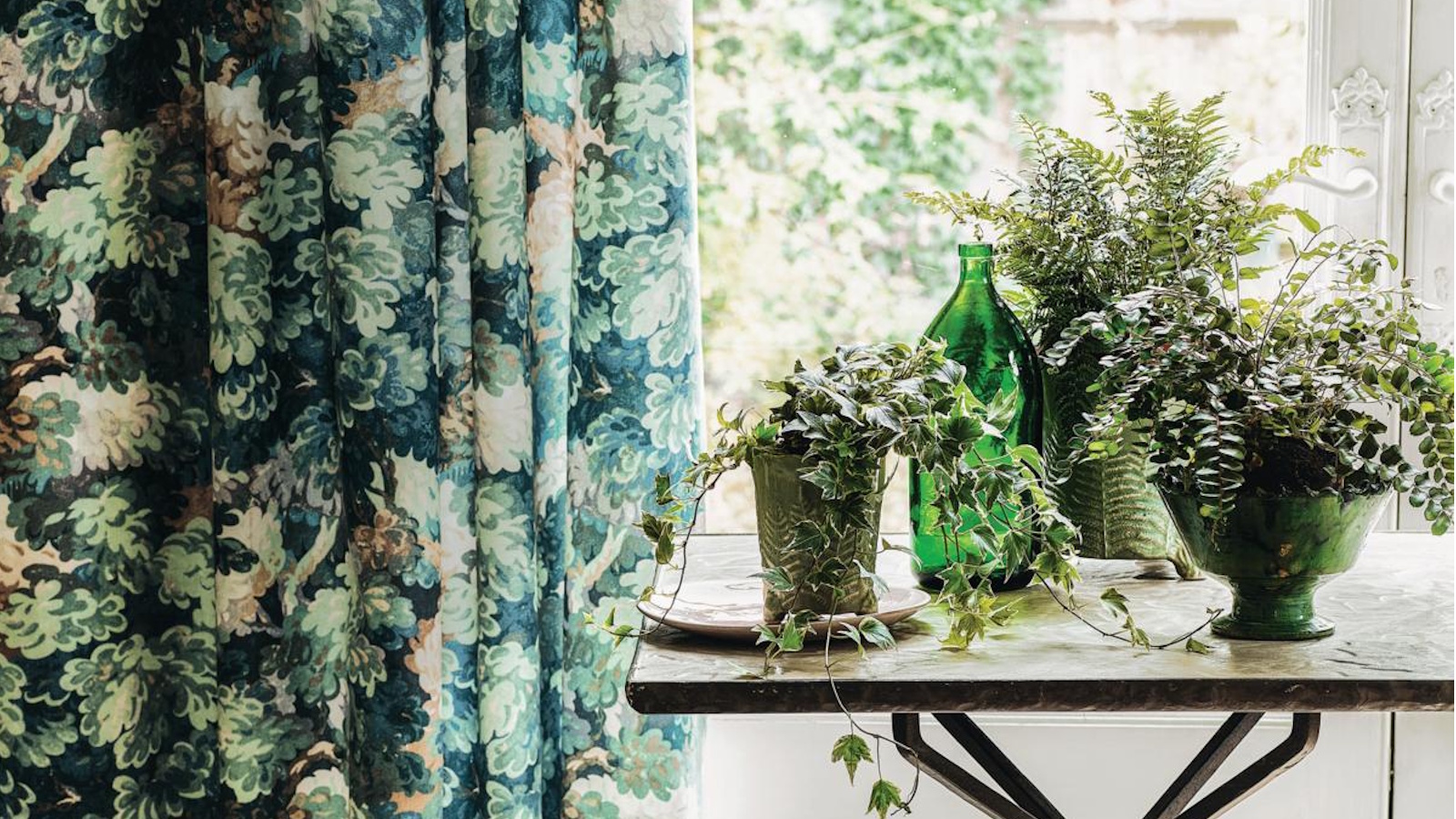

One of the things that brings me the most joy in summer as a plant parent is watching my houseplants thrive. New growth doubles them in size, while their glossy foliage soaks up sun, making up for any losses during the harsher seasons. But, only through trial and error have I been able to make the most of the warmest season for my houseplants, avoiding summer houseplant care mistakes.
You see, indoor plant care requires effort all year round. So, while the summer provides much more favorable conditions for houseplants (unlike cold windows and lack of light when caring for houseplants in winter), there is still room for things to go wrong if you neglect care.
More specifically, the hotter temperatures bring new challenges for houseplant hydration and protecting plants from scorch and active pest populations. But, don't fret. All you need to do is familiarize yourself with these five summer houseplant care mistakes to avoid.
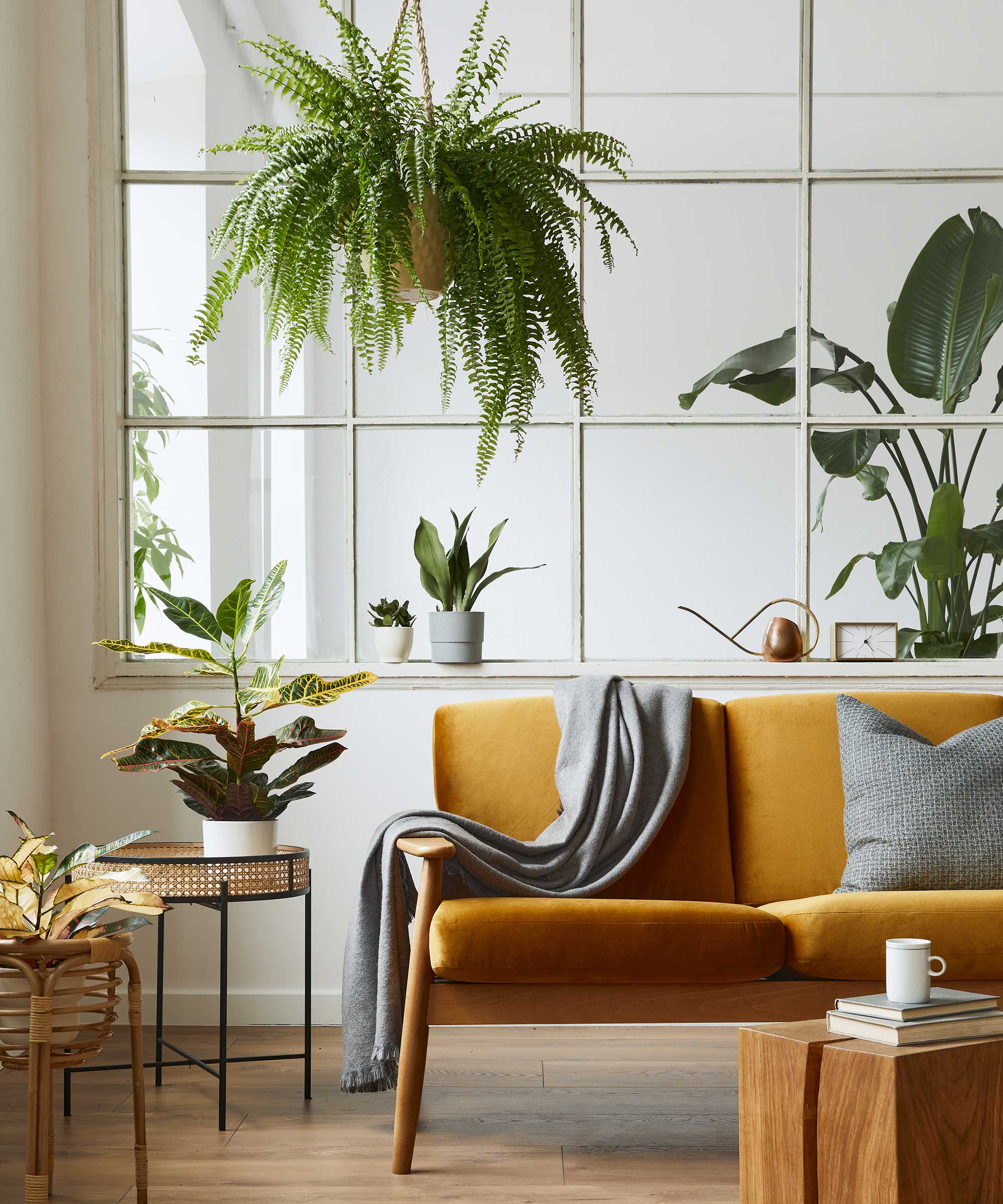
5 summer houseplant care mistakes
You'll find a lot of these summer houseplant care mistakes go back to the basics of common indoor plant mistakes. However, it's important to understand how the warmest season specifically impacts houseplant health and what you need to do to ensure they make it through to fall.
1. Keeping sensitive plants on a south-facing windowsill
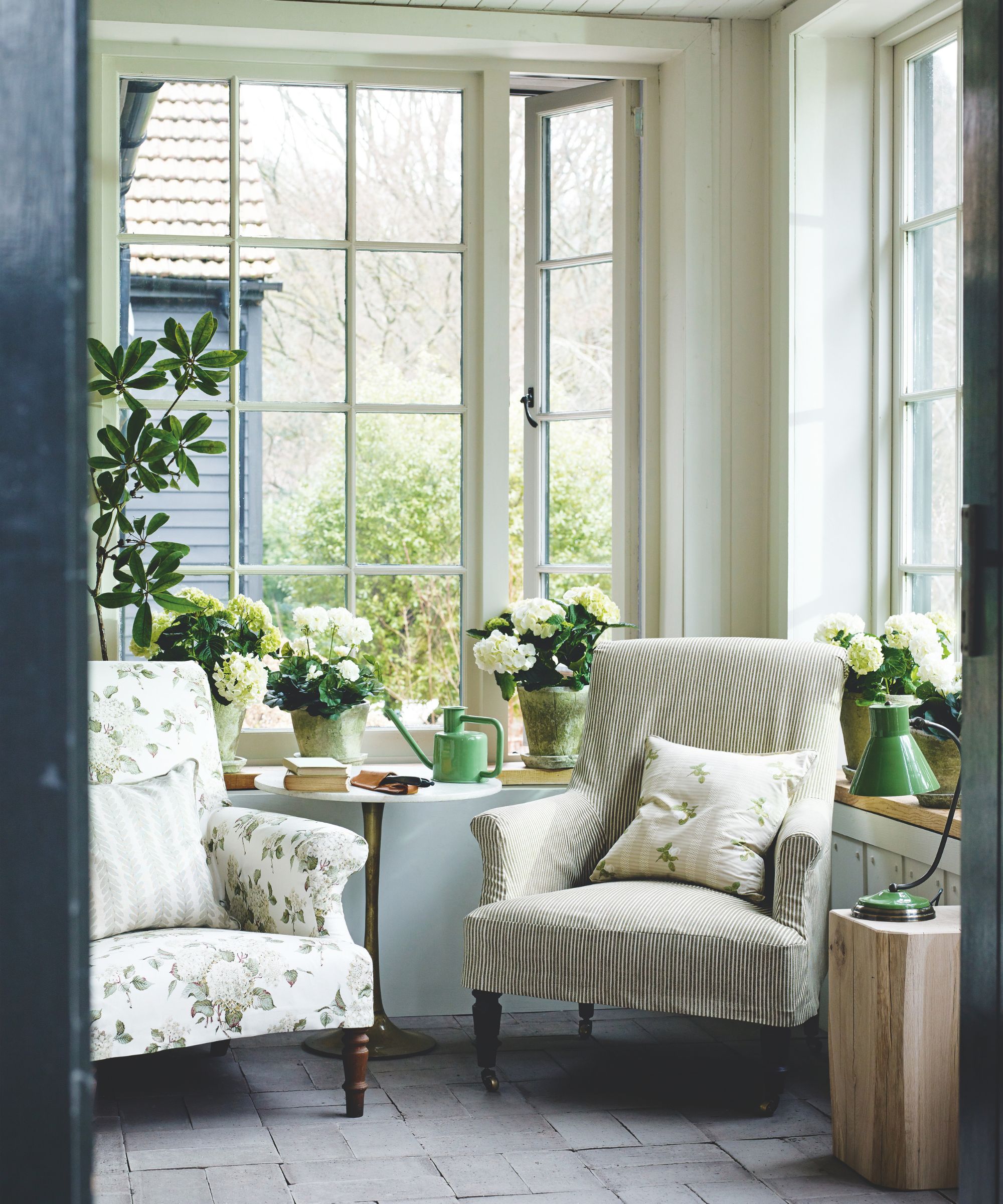
The first thing I always tell new houseplant collectors is that not every plant grows in the same conditions. This is especially true when it comes to indoor low light plants vs indoor plants for direct sun.
The former won't do well in a direct sun position. In fact, such intense sunlight exposure can cause leaf scorch and discoloring foliage.
'More light does indeed come through south-facing windows compared to others, so there's a high chance that on sunny days, delicate plant leaves may get sunburned,' says Anastasia Borisevich of Plantum.
Design expertise in your inbox – from inspiring decorating ideas and beautiful celebrity homes to practical gardening advice and shopping round-ups.
'If the plants are not succulents, cacti, or variegated varieties that benefit from sunlight to maintain their coloration, it's better to choose an east or west-facing window, where the amount of direct bright light is limited to four to six hours.'
If you're struggling to find a less intense sunlight spot in your home, try creating filtered light with these sheer curtains from Wayfair.

Anastasia Borisevich is a resident plant expert for the Plantum app, which helps users identify plant species, diagnose their conditions, and get specific care advice. She has three years of experience consulting on botany-related topics for Plantum (formerly NatureID).
2. Not increasing watering frequency
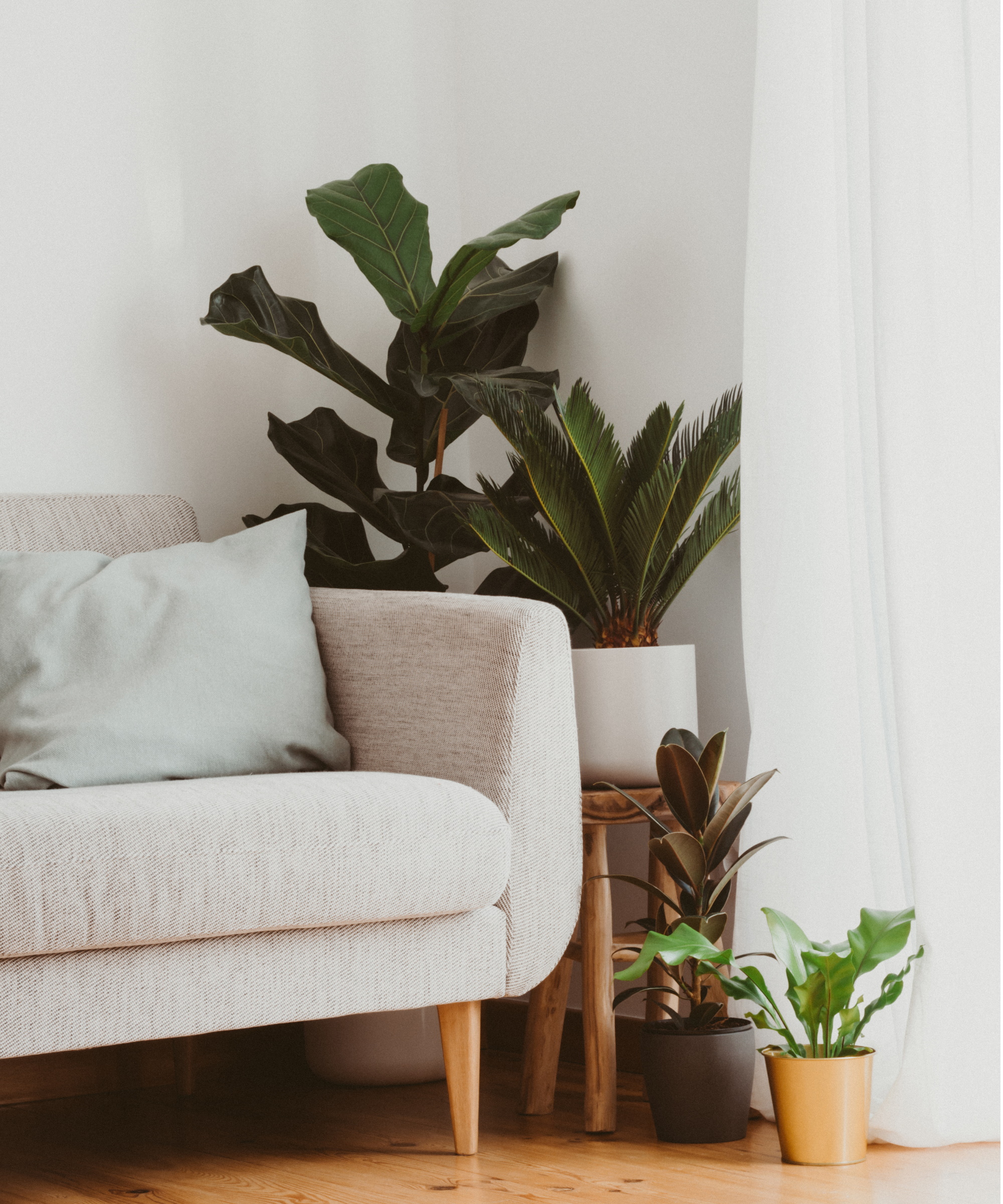
Watering houseplants is where a lot of indoor gardeners go wrong, as too little or too much water can quickly lead to the downfall of houseplants. A factor that impacts watering frequency: temperature. So, as summer days warm up the temperature, it's important to adjust watering frequency accordingly.
'In summer, the soil in pots dries out faster, so plants need to be watered more frequently than usual. It's very important that watering is thorough and regular, but the surface of the soil has time to dry out between waterings,' says Anastasia.
Of course, each houseplant has differing watering needs and some will be able to deal with drought better than others. Nevertheless, they will all dry out more quickly in summer, so it's likely you'll need to water more often than in other seasons.
Dehydration can cause a few symptoms, for example a monstera drooping or an asparagus fern turning yellow.
To avoid this, I like to use this soil moisture meter from Amazon to monitor moisture levels in my houseplant soil. Depending on the plant, I tend to top up water when the top couple of inches have dried out.
3. Watering too often
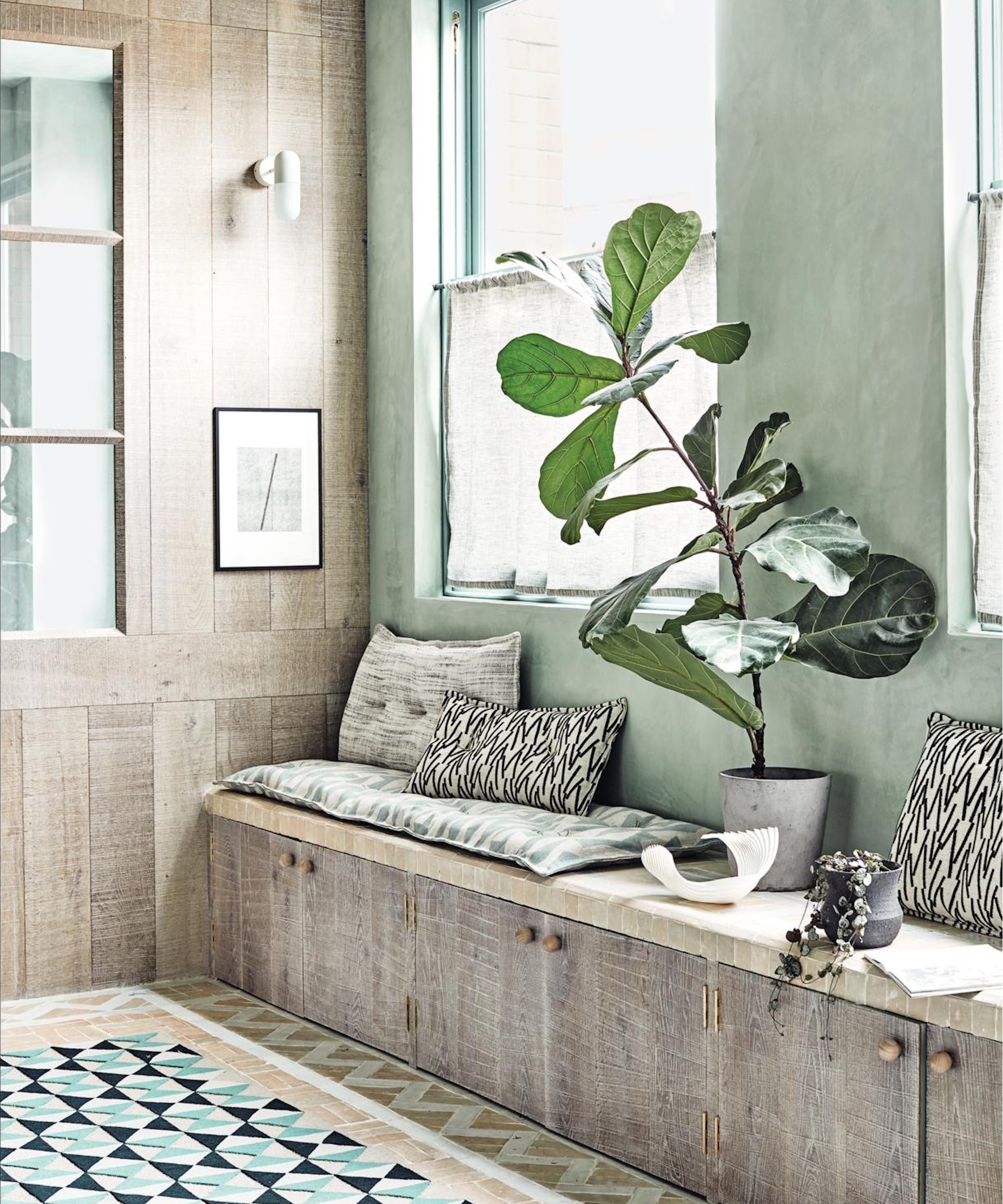
Just like underwatering, overwatering is also something to avoid in summer. I've been guilty of this in previous years, worrying about the hot weather dehydrating my houseplants and rushing to pick up my watering can to add more water to the soil.
But, if you don't allow houseplant soil to dry sufficiently before watering again, it could waterlog the soil and cause houseplant root rot. Not only this, but too-wet soil can cause problems like a fungus gnat infestation or a build-up of mold and mildew.
'Many assume more sun equals more water, but the real key is checking the soil, not the schedule. When it's hot, soil can dry quickly on the surface while still holding moisture deeper down,' says Donna Letier, houseplant expert and CEO of Gardenuity. 'Always test with your finger or a moisture meter,' she adds.
Donna also says to avoid using cold water in the heat: 'Room temperature water is easier on stressed roots. Plus, whenever possible remember to hydrate from the bottom up,' she says.
Make sure you're equipped with a houseplant watering can (from Amazon) for the summer season ahead.

Donna Letier is the CEO and co-founder of Gardenuity, a company merging gardening with the wellness sector through personalized container gardens and gardening experiences.
4. Overfertilizing houseplants
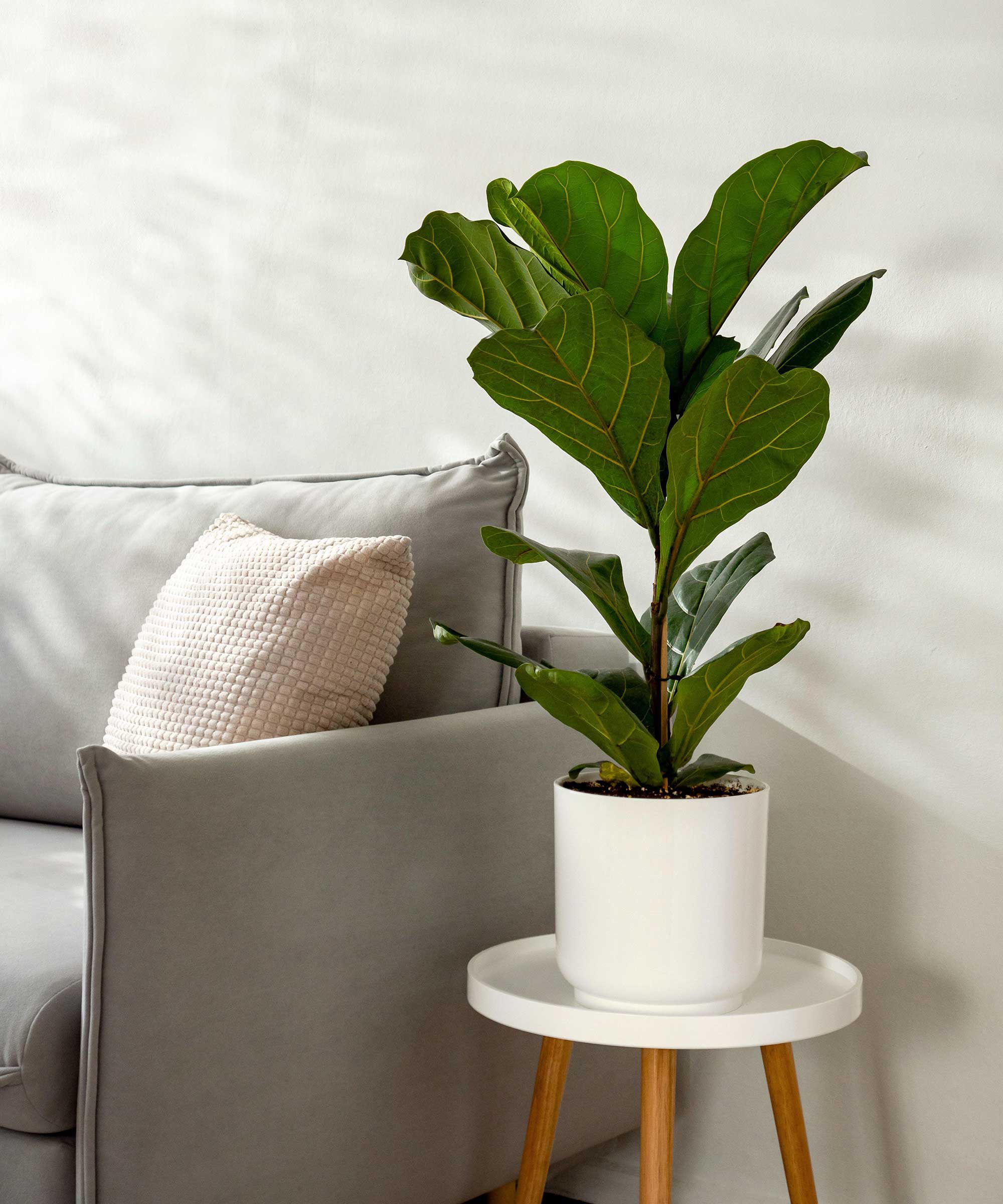
Fertilizing mistakes are also common during summer. This is because spring and summer are the ideal time to feed houseplants (because they're actively growing), but feeding too much could kill off indoor plants by burning roots.
'When a plant is stressed from high temps, it’s not focused on growth. Instead of monthly feeding, cut back to a diluted mix every six weeks,' says Donna. 'Skip the fertilizer entirely if your plant is showing signs of sunburn or root stress,' she adds.
As for the best fertilizer for houseplants, it really depends on the plants you have. I find a balanced all-purpose fertilizer (from Amazon) works well for the majority of houseplants, but you can also use one high in phosphorus (like this fertilizer from Amazon) for indoor flowering plants to boost blooms.
You can also use plant-specific fertilizer, like this monstera plant food from Amazon to fertilize your monstera.
Of course, there are also houseplants you don't need to fertilize often, for a more low-maintenance option.
5. Not checking for pests regularly
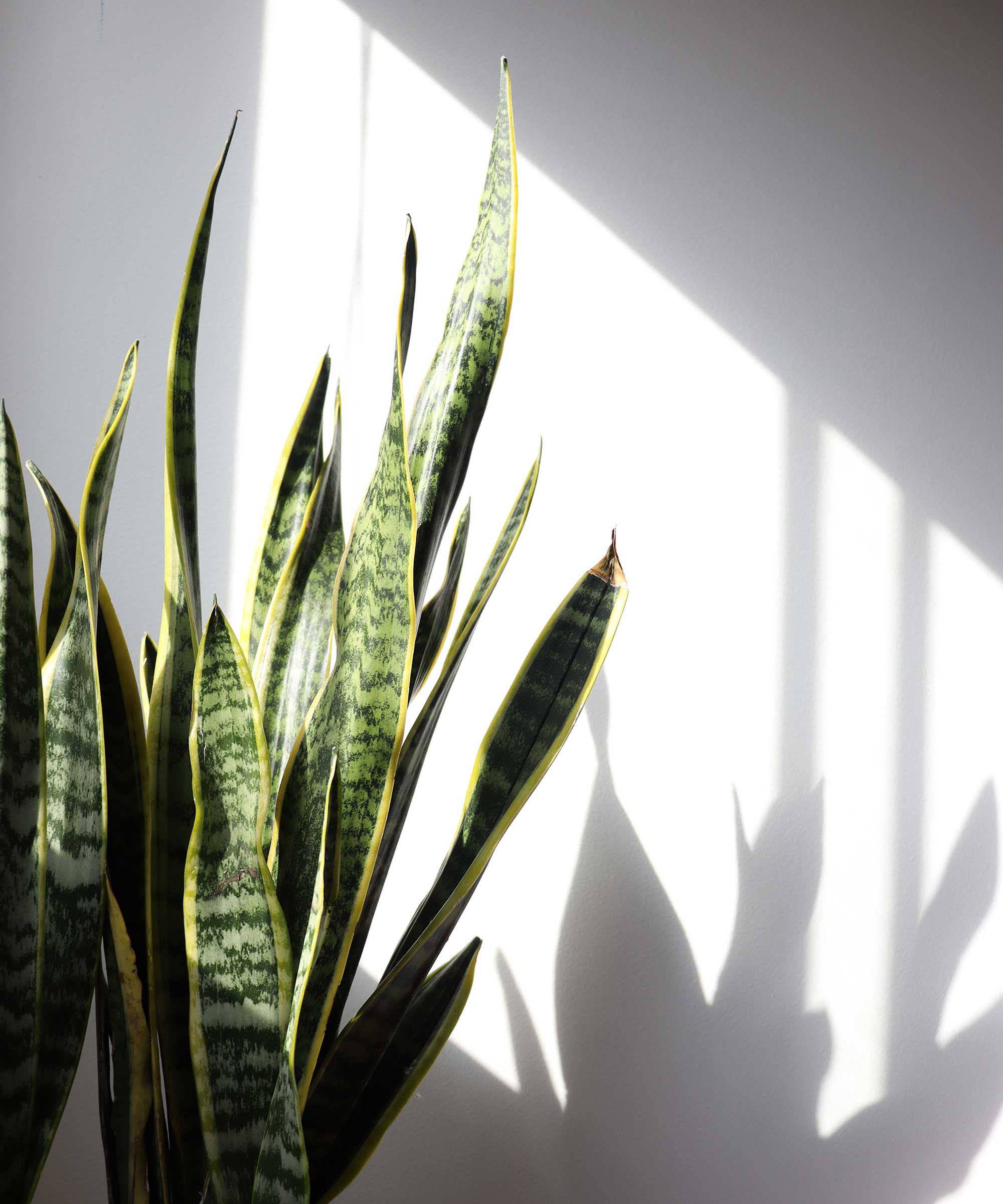
Warmer weather = ideal conditions for common houseplant pests to thrive and multiply. I've struggled with a few pest infestations in my time caring for houseplants, and that's why I now regularly check my plant leaves to jump on any pest problems immediately.
The likes of spider plants on houseplants, thrips on houseplants, and even aphids on houseplants are active during the warmest time of year.
Pests typically like to hide on the underside of leaves, so it's important to check here. If you do spot any, you can then take action accordingly to stop the pest problem spreading.
For example, use homemade bug spray, physically remove pests, or blast your plants with water to rid them of pests.
I also like to clean houseplant leaves weekly to stop a build-up of dust and debris, which attracts pests. Use microfiber cloths (from Amazon) to gently wipe leaves clean, which will also make them look glossier.
FAQs
Is summer a good time to prune houseplants?
Yes, summer is a good time to prune houseplants because it's usually when they're actively growing. Using essential pruning tools (like these shears from Amazon), remove any damaged and disease foliage. This will give your houseplant a healthier look and encourage new growth. Make sure to clean your gardening tools after each use to prevent the spread of potential pests and diseases.
Summer is also an excellent time to grow houseplants from cuttings. Warmth is fundamental for rooting cuttings, so it's a good time to take advantage of higher summer temperatures. Place cuttings on a warm windowsill and don't let them dry out.

Tenielle is a Gardens Content Editor at Homes & Gardens. She holds a qualification in MA Magazine Journalism and has over six years of journalistic experience. Before coming to Homes & Gardens, Tenielle was in the editorial department at the Royal Horticultural Society and worked on The Garden magazine. As our in-house houseplant expert, Tenielle writes on a range of solutions to houseplant problems, as well as other 'how to' guides, inspiring garden projects, and the latest gardening news. When she isn't writing, Tenielle can be found propagating her ever-growing collection of indoor plants, helping others overcome common houseplant pests and diseases, volunteering at a local gardening club, and attending gardening workshops, like a composting masterclass.
You must confirm your public display name before commenting
Please logout and then login again, you will then be prompted to enter your display name.